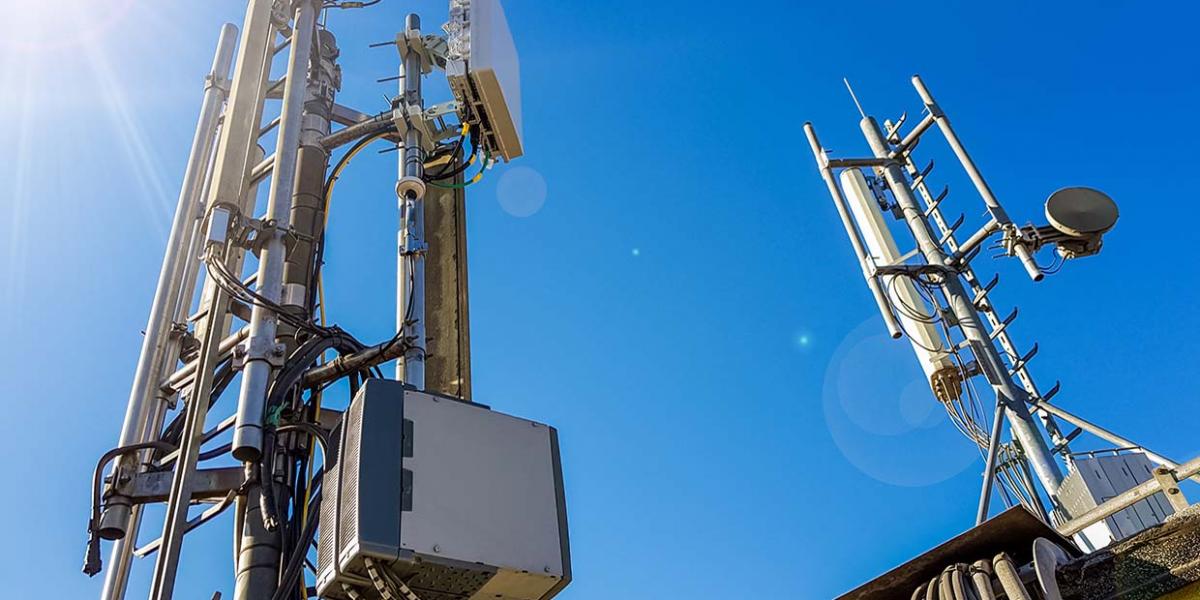Nigeria-GSMA reveals 5G spectrum needs for 2030 across bands
- 08 July 2022 / News / 402 / Fares RAHAHLIA

Claims thoughtful allocation of spectrum by govt can drive competitive digital markets
The Global System for Mobile Telecommunications Association (GSMA) has released a new analysis of the spectrum needs of 5G networks across low, mid and high bands.
The research delivers a clear vision of the spectrum capacity required to integrate 5G into the lives of businesses and consumers up to 2030.
The telecoms body, which represents the interest of mobile operators worldwide, uniting over 750 operators with near 400 companies in the broader mobile ecosystem, including players in Nigeria, unveiled Vision 2030: Low-band spectrum for 5G and Vision 2030: mmWave Spectrum Needs, they are to help countries hoping to deploy 5G soonest to estimate the spectrum needed in low and high bands to realise the full capabilities of 5G.
Already, the Nigerian Communications Commission (NCC) has assured that barring any unforeseen circumstance, 5G should be deployed in Nigeria anytime from August 24. Two operators, MTN and Mafab Communication are in the race for the deployment.
According to GSMA, the speed and availability of 5G services depend on mobile network operators (MNOs) having access to spectrum in low, mid- and high bands to build out cost-effective networks.
It stressed that robust licensing and timely availability of spectrum is also central to the success of 5G deployments. With these in place, 5G can transform digital economies across the globe, help lower the broadband usage gap, and support digital inclusion.
The GSMA’s analysis shows that: “In high-band (mmWave): an average of 5 GHz of high-band spectrum will be needed per market by 2030 for enhanced mobile broadband (eMBB) in dense urban areas, fibre-like fixed wireless access (FWA) and enterprise 5G.
“In mid-band: 2 GHz of mid-band spectrum per country will be needed for city-wide 5G applications by 2030.”
“In low-band: spectrum needs for 5G are higher than the amount of capacity that naturally exists below 1 GHz. However, ensuring the availability of the 600 MHz band will raise rural broadband speeds by 30-50 per cent.”
The global telecoms body expects that successful 5G deployments will rely on spectrum access in low, mid- and high spectrum bands. By utilising the characteristics of all these bands, 5G can deliver capacity in all areas and maximise its effectiveness across all potential use cases:
GSMA, which noted that 5GHz per market of high-band, mmWave spectrum will be used for the densest urban 5G hotspots, said it will ensure reliable, low-latency networks in manufacturing plants or connected freight hubs such as smart ports. mmWave will also provide connectivity to high-density locations such as sports or music venues and travel terminals.
“Mid-band spectrum has been the main driver of 5G launches so far and is expected to help realise the largest portion of 5G’s socio-economic benefits in the next decade. 2GHz of mid-band will be used in each market for city-wide 5G and will deliver the vision of smart cities, city-wide FWA solutions, and the 5G-era digitisation of health and education.
“Low-band spectrum has strong propagation characteristics for covering wide areas and penetrating deep into buildings. As such it is the delivery mechanism for rural broadband and making additional low-band available, such as the 600MHz band, will drive digital inclusion and ensure rural / urban digital equality,” the body stated.
GSMA’s Head of Spectrum, Luciana Camargos, said: “Spectrum is at the heart of modern digital economies but is a scarce resource. With careful, thoughtful allocation of spectrum, governments and regulators can develop thriving and competitive digital markets. The GSMA plays a central role in helping to inform these decisions, helping spectrum authorities capitalise on the true value of operators’ investment in 5G networks. Today we are presenting the mobile industry’s vision for 2030 for these stakeholders and giving clear insights into the priorities for spectrum in a 5G world.”
source: The guardian
 English
English
 français
français
 العربية
العربية







